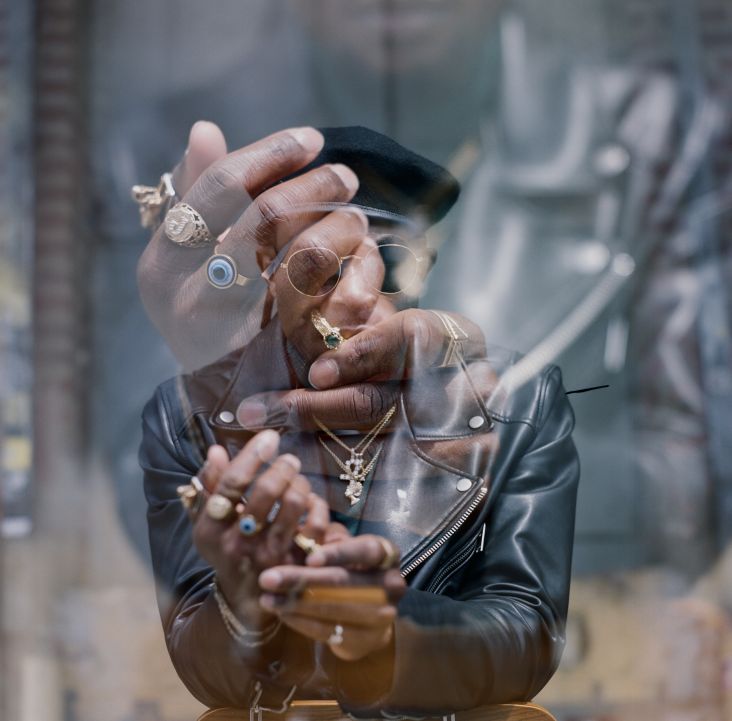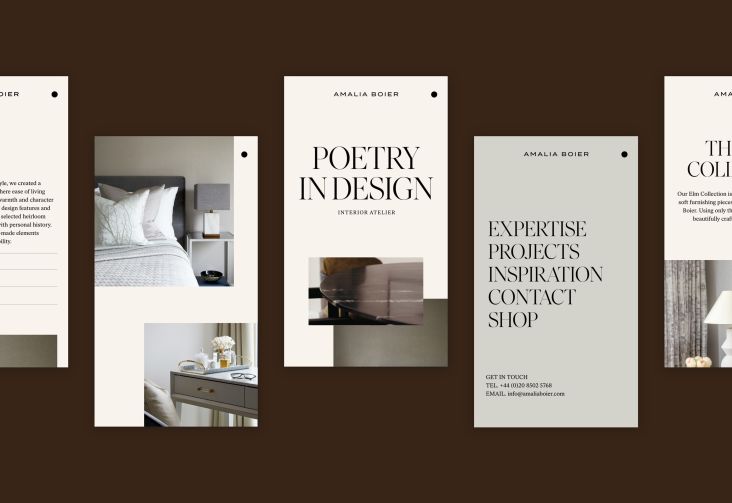Sthuthi Ramesh on childhood stories, finding patience, and her top five book recommendations
Avid designer, collector and reader of published works, Sthuthi Ramesh discusses her love for all things books; from reading bedtime stories to her child to gaining inspiration for her latest design project.

Sthuthi Ramesh (Copyright © Taran Wikhu)
"I haven't had the time to sit down and read for more than 45 minutes lately", prolific graphic designer Sthuthi Ramesh tells us. Engulfed by a busy schedule full of design, moving house, and looking after her 5-year-old child, she appraises the practicality of the audiobook to give her a fix of written work in her limited free time. But Sthuthi's "self-diagnosed dyslexia" doesn't stop her from exploring her passion for publications. "I can never have enough well-made and well-written printed books", she tells us, forever attending to her ever-growing collection – a sentiment central to both Sthuthi's personal and professional life.
Discussing her most recent reads, Sthuthi notes Why I'm No Longer Talking To White People About Race by Reni Eddo-Lodge is a current stand out, also explaining, "I have recently read loads and loads of kids books because of my five year old."
Having developed an incredibly thoughtful and earnest typographically-led practice across her career, Sthuthi's passion for publications, research and reading comes as no surprise. "Before every new design project, I set at least an hour aside to just flick through books even if they are slightly out of context," Sthuthi recalls, "this usually sparks something that I wouldn't have thought of or found otherwise."
We have spoken to Sthuthi about her favourite books, life as a mother and what she gets up to on her daily walks. Over to you, Sthuthi!
1. Kolkata City of Print by Spector Books
It's a bi-lingual book about print processes and techniques used in Kolkata, beautifully documented by Mara Zust while travelling across the city. I grew up using some of the raw print methods and papers used in parts of India, and I was impressed with the detailed documentation of the print methods intertwined with history from the region. I bought this book at the OFFPRINT Art Fair. I didn't find many books on design or print from the subcontinent, and I was excited when I picked it up. And the honesty of the book design and the materials markedly broke the usual book design norm you see most often.
2. Wabi-Sabi for Artists, Designers, Poets & Philosophers by Leonard Koren
I have always been following the Wabi-Sabi philosophy since the very early stages of my creative practice but did not know there was a formalized term for this aesthetic; when I came across this term in college, I was simply drawn towards it and bought the book. I found it reassuring that something you believe in already exists, and you are not the only one thinking this way.
3. Weingart: Typography by Wolfgang Weingart
It's one of my favourite typography books. I was first introduced to this in Design School. This urge to break the grid and try something new is always in my mind, and I remember this book pushing me to the edge and forcing me to explore new territory. I still refer to this book when I'm feeling overly safe with my design output and want to creatively push it further.
4. Seth Siegelaub: Beyond Conceptual Art by Irma Boom
A beautiful book/catalogue design by Irma Boom for Seth Sieglaub's exhibition entitled "Beyond Conceptual Art" at the Stedelijk Museum. Seth was a pioneer of Conceptual Art and an astute researcher and curator. I love his multifaceted interests, and in this book, you can see his diverse research, ranging from conceptual art to textiles. I strongly identify with his ideologies and one's ability to find answers through different media of thoughts.
5. Materials for Design by Chris Lefteri
It's an essential encyclopedia of understated materials we use in our daily lives. I feel it's important to understand the materials we are touching, smelling, seeing and tasting every day. Chris Lefteri has documented these materials in an easily comprehensible way that even someone who is new to materials can understand. I stumbled on it when we started working on Nicety. If you want to learn about common materials, this is essential reading.

























